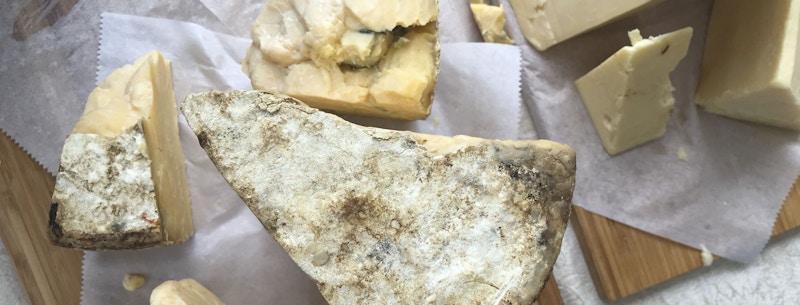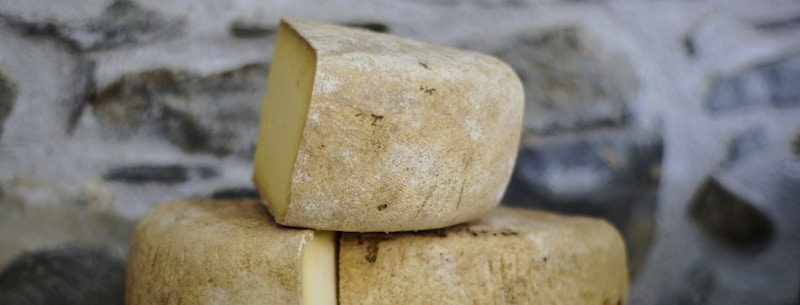The Environmental Argument
Cheese production has been on a rapid rise since the turn on the century. In 2000, the world produced 15,000,000 tonnes of cheese; we are currently well on track to reach 22,000,000 tonnes this year. It looks like it is only going up as parts of Asia increase their demand for dairy products.
Here in the UK, the cheese market has grown steadily and the market is now 13% bigger than it was in 2000. Even in France, a fanatically cheesey country has increased its consumption by a KG per person since 2015.
Demand for cheese has inevitably increased the global demand for milk, which has doubled since the 1970’s to 800,000,00 tonnes per year.
If you hadn’t heard, we are currently in the midst of a climate crisis, and many people are trying their hardest to reduce their meat consumption. In the UK a third of the population has said that they are planning to either significantly reduce their meat intake or give it up completely.
There are some links between the decrease in demand for meat and an increase in dairy products. Usually there is a tendency to swap meat intake for dairy intake. In the UK, people who don’t eat meat consume more cheese than the average. In 2017, a team at the university of Oxford carried out a survey of nearly 200,000 people with each person labelled and classified by their diet. The categories were meat eaters, poultry eaters, fish eaters, vegetarians and vegans. Each person’s food intake was monitored and recorded in detail. The team found that the highest cheese intake of all the groups was the vegetarians. That is people who don’t eat meat or fish but do eat dairy products. Vegetarians eat an average of 30 grams a day, almost twice as much as their meat-eating counterparts.





